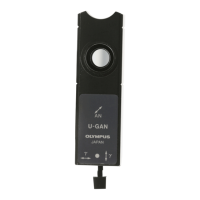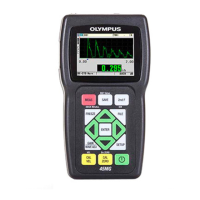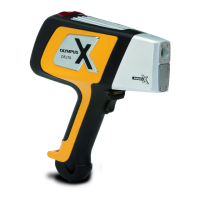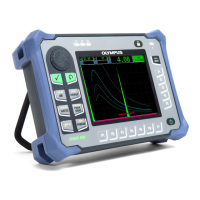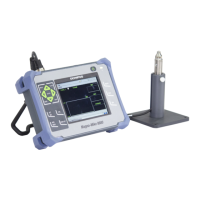PV6088-F4E017
6. PRINCIPLE OF MEASUREMENT
Figure 7 represents an optical diagram of the USPM3-100/USPM3-200.
In the diagram, the luminous flux that has irradiated the zonal mask turns into a parallel
luminous flux as it passes through the collimator lens, and is reflected from the half mirror
to go through the objective. It finally is converged into a spot of approximately 60 [μm]
(when the 10x objective is used) on the sample surface.
Next, the light reflected from this sample surface comes back to the objective, and is
divided into a part of luminous flux that goes through the half mirror, and another part that
is returned by the half mirror and then directed to the collimator lens. The part passing
through the half mirror can be observed through the eyepiece after it has passed the
image-forming lens. The part of luminous flux directed to the collimator lens goes through
the half mirror and is converged onto the field diaphragm FS2.
Here, the FS2 serves to prevent flare. And, the image on that end face is spectrally
divided by the flat field grading and reflected from the mirror, thus allowing the spectral
energy to be measured.
By the way, when the half mirror is arranged between the image-forming lens and the
collimator lens, focusing of the objective onto the sample surface can be attained through
the eyepiece.
Meanwhile, the eyepiece shutter in front of the eyepiece is designed to close
automatically in each of the background measurement, reference measurement and
sample measurement, which is meant to eliminate external light from the eyepiece during
photometry.
Figure 7. Optical System
Flat field diffraction
grating
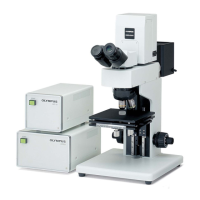
